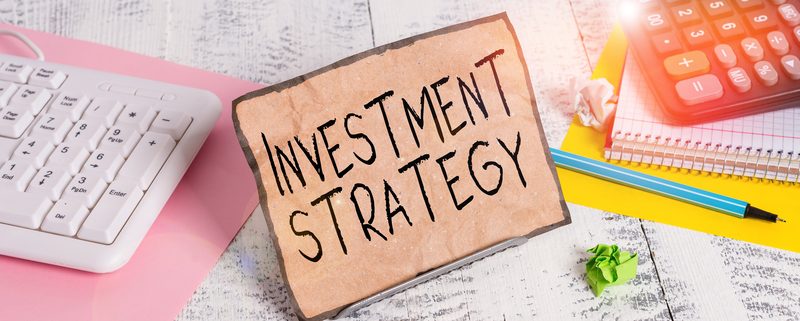Does Your Investment Strategy Call for a Self-Directed Checkbook IRA?
What sort of investment strategy calls for a Self-Directed Checkbook IRA? Anyone who’s interested in building wealth for retirement is, of course, interested in maximizing that wealth by allowing their investments to grow tax-free. That’s what any investor can have with a Self-Directed IRA. But a Checkbook IRA is also a bit off the beaten path. It’s flexible enough to allow investors to put money into non-traditional assets like real estate and precious metals. And because it allows such a high degree of flexibility and control for investors, those who like to take the reins in their financial life may find it appealing.
But what about your particular investment strategy? Does it call for a Self-Directed Checkbook IRA, or is it something you will want to avoid? Here’s what you will need to know.
Why Investors Use a Self-Directed Checkbook IRA.
First, let’s explain the basic process. In a Self-Directed Checkbook IRA—which is just a nickname for a particular arrangement and not a specific “account type”—you would use the funds from your IRA to own a Single Member LLC. This Single Member LLC is what gives you “checkbook control.” By controlling that LLC, you can then make purchases such as real estate by writing a check, even though it’s the IRA that owns the Single Member LLC.
As you might imagine, the act of having checkbook control in an IRA is highly attractive to some people. It allows for less red tape when making retirement investments in the future. And while the initial startup costs and paperwork tend to be higher than the usual arrangement, in the long-term, a Self-Directed Checkbook IRA can be a very simple and low-cost way to make retirement investments.
What Type of Strategy Calls for a Self-Directed Checkbook IRA?
In a word: nontraditional. If you are using a Self-Directed IRA, it often means that you are looking beyond the stock market to diversify your portfolio beyond one asset class. In a Self-Directed IRA, investors might own assets as diverse as real estate, precious metals, tax liens, or private loans. That means that investors who have a lot of experience in a specific type of investing—such as real estate—are sometimes intrigued by the possibility of taking more direct control over their retirement strategy.
In addition to leveraging experience, this broader diversification allows a retirement investor to count on more than just the stock market to find returns. Rather than buying different funds in a stock market account, a Self-Directed IRA makes it possible to own cash-generating assets like real estate. This is also attractive for any investor who wants to own more “real” property, and not just paper assets.
What Types of Investors Like a Self-Directed Checkbook IRA?
With that said, it’s not hard to imagine what types of investors might enjoy a Self-Directed Checkbook IRA. Those who are independent minded and interested in alternative forms of assets for their retirement are obviously intrigued by the possibilities of a Checkbook IRA. Those who like exercising a great degree of control over their retirement strategy will also find the strategy suitable. Being able to cut a check and bring an investment under the umbrella of a Single Member LLC—itself under the umbrella of a Self-Directed IRA—will remove much of the red tape associated with many investments.
Those who do not mind the complications of the initial paperwork and setup in a Self-Directed Checkbook IRA may find that the flexibility and freedom involved make for great investing conditions. It requires more responsibility and due diligence, but also gives the holder of the Checkbook IRA more power. The only question is: does that style suit you?
Interested in learning more about Self-Directed IRAs? Contact American IRA, LLC at 866-7500-IRA (472) for a free consultation. Download our free guides or visit us online at www.AmericanIRA.com.










